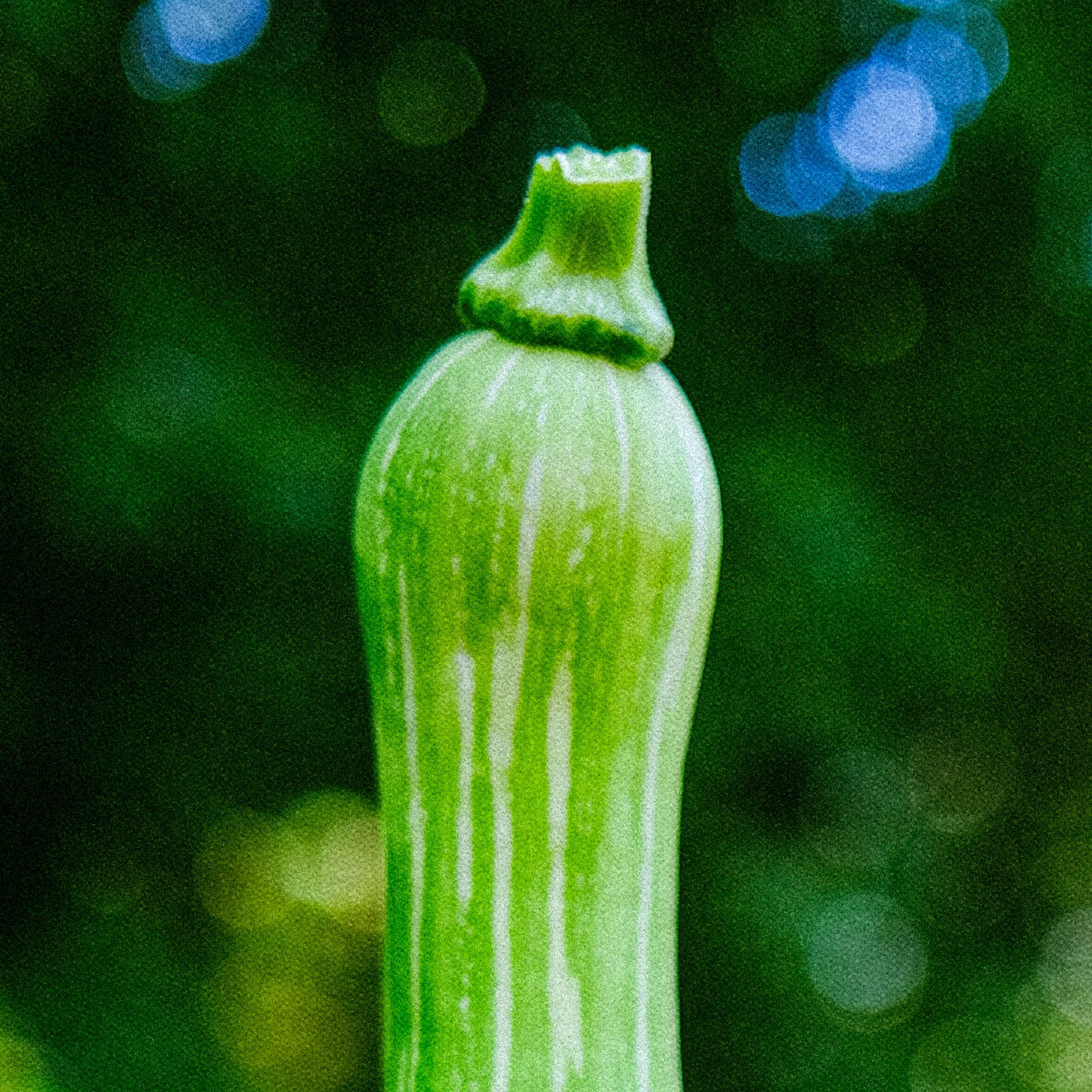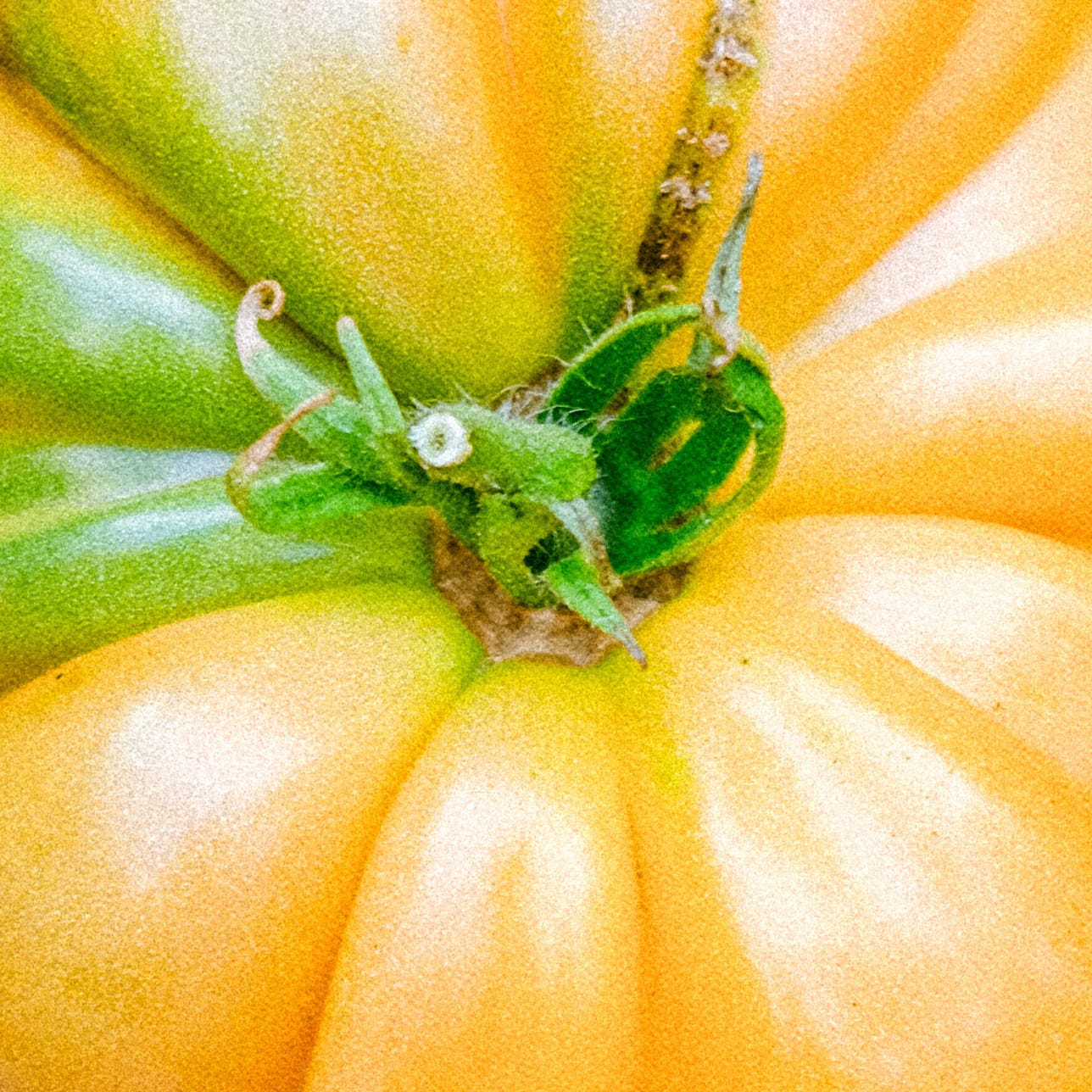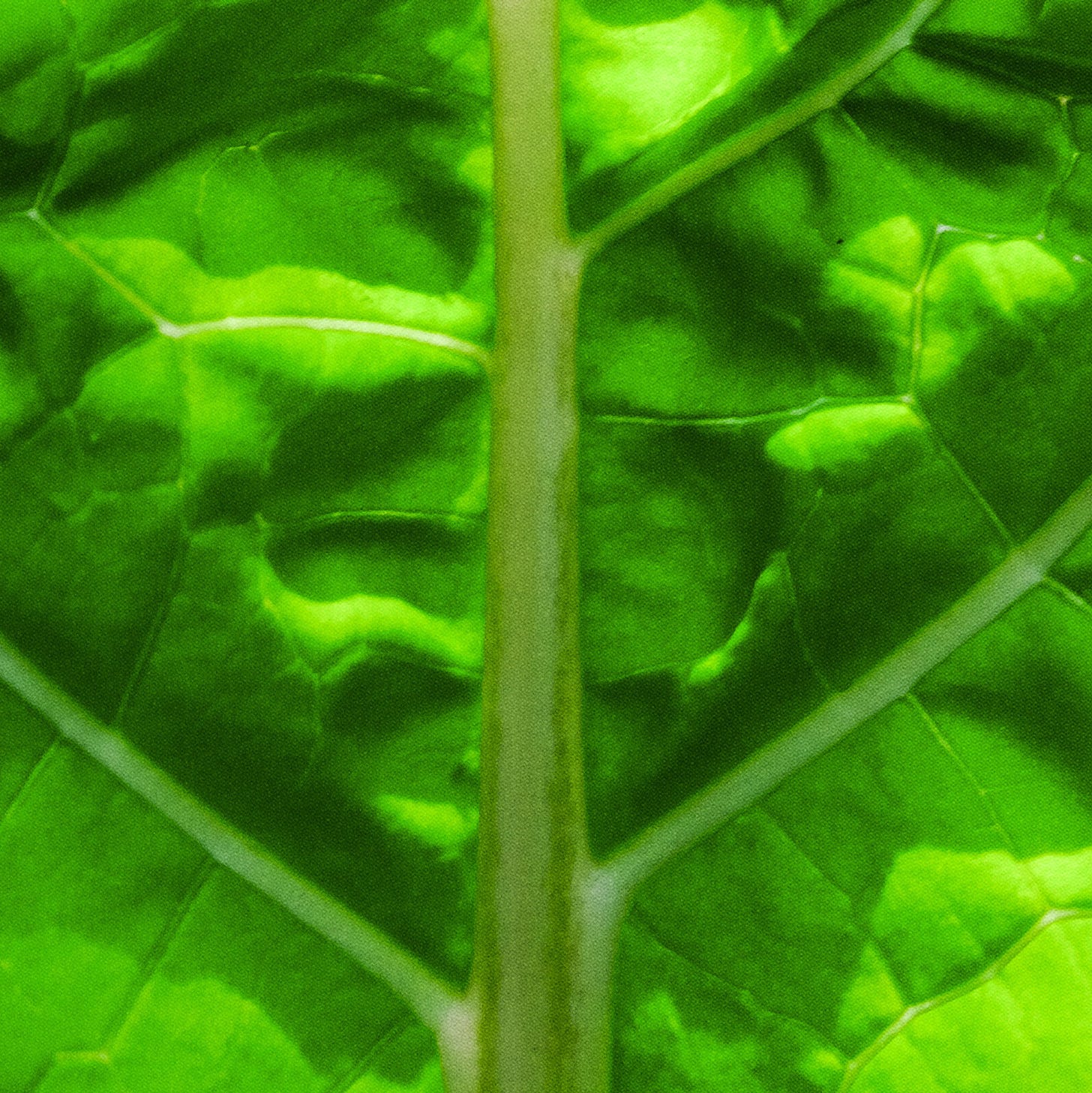Thank you for subscribing to my newsletter, Soft and Rude. From now on, I’ll be using this space to write about home cooking, from-scratch food, gardening, entertaining, et cetera in a new newsletter I’m calling Home Food. I’ll be sending two editions each month. Still here on Substack, it will continue being free to read for the foreseeable future. I hope you’ll enjoy it, and stick around. I may occasionally send Soft and Rude-ish letters again in the future. You will continue to receive those even if you unsubscribe from Home Food.
Thank you for reading!

It’s my third year gardening—well, fourth if you count my earnest attempt at a fire escape garden when I was 26. That year I planted cucumbers in a 6 inch pot. I grew mint, the tiniest cucumber you’ve ever seen, and five small, mediocre-tasting tomatoes. The mint thrived, but as I’ve learned now that I’m a real gardener, mint just wants to live.
I garden now in three raised beds and various pots and grow-bags in our shared backyard in brownstone Brooklyn. We technically don’t have enough sun—the backyard faces the wrong direction and trees much, much older than I am throw the garden into shadow by mid-afternoon. I still grow full-sun plants, though, because I can’t resist. The tomatoes would be ten feet tall if I let them; they reach, reach, reach for the sun. After the long, dark northeast winter, I recognize the desire.
The kales and lettuces and herbs are happy back there, and I figure one day when we move and I have a sumptuously lit growing space, my tomato yield will be abundant. I’m happy back there, too. I love the labor of the garden. The mulching, the dirt, even the backaches. The mosquitoes bite my legs while I hand-water in the early late-summer mornings but I don’t mind.
On days I work from home I’m always walking into the backyard to “check on the garden.” I come in and give Skylar updates: The eggplant is slow this year, a squirrel buried another peanut, I’m worried about my tomatoes, you know I sort of love to weed, maybe I shouldn’t have planted squash, it’s too hot, it’s too cold, it’s too wet, do you think I could ask our landlord for more space?, I saw a bee!, I saw two bees!, big spider out there, et cetera.

I dream about the garden. I dream about the slugs, cultivars, greenhouses, worm castings, compost tea, root vegetables, heirlooms, hybrids, organic fertilizer, food preservation, high tunnels, cold hardy crops, aphids, and squash vine borers. I have been startled awake worried that I forgot to turn the seedling heat mat on, that I forgot to turn it off, that surely the slugs are eating all the kale in the wet dead of night.
It rains all summer. New York City is now a subtropical climate—did you read that article, too?
In the rain, I pick hundreds of tiny, lethargic slugs off the raised steel beds. At first I would carry my kills to the deck and, like a cruel child, squish them under my clogs, but then I read that I could drop them into soapy water and drown the life out of them. Yet the slugs returned. I tried a canister of “organic” slug killer but then read what I can only describe as a slugs’ rights blog and felt bad about the slow slug death. I’m a vegetarian, after all. But I’m not here to feed the neighborhood slugs, I remind myself, and I shake, shake, shake. I hope I am forgiven.
The garden, with its sun and size constraints, doesn’t come close to feeding us. The garden has given me not only a sense of awe at a growing seed, but also an understanding of the skill, labor, and resources one beautiful tomato so obviously requires. I joke that these are the most expensive tomatoes I’ve ever eaten, and they probably are. I don’t care all that much about that. I garden because it is a nice, human thing to do. I hope you will garden, too.
Here are my tips for getting started with urban gardening. There are many different ways to garden—some cheaper, some more expensive, and certainly some more efficient. But, if you’re not sure where to start, I’ll share how I did.
Books
Before I did any purchasing or planning I picked up two reference books, The Vegetable Gardener’s Bible and The Timber Press Guide to Gardening (for the Northeast, but they have all American regions available). I read the entire Timber Press book and then leafed through the Gardener’s Bible for relevant chapters.
I would recommend having both books on hand. The internet is a gardener’s best friend (I’ve been able to identify bugs with only a hint of a descriptor…), but there is so much information out there it can be unwieldy to find a place to begin.
YouTube and social media
The best place for ongoing gardening education is YouTube. I started with Epic Gardening, which led to a yearslong obsession with “homesteading” YouTube. I’ll write about that one day, but Acre Homestead, Roots and Refuge Farm, Mari’s Garden and Kitchen, and The Beginner’s Garden are my favorites for gardening content.
The Epic Gardening channels (Jacques in the Garden, too) do a good job of balancing education and entertainment. I also follow the Epic Gardening guys on Instagram and have learned a lot from them. That said, they’re based in San Diego, so I don’t follow all their advice as some of the nuance isn’t relevant to my growing zone.
Garden dreams
Once I had some preliminary knowledge of what I could grow in my zone I made my first garden plan and crop list. The first year I made decisions on what to grow based on what I wanted to eat but couldn’t easily get at a grocery store, and also based on what seemed fun to grow. I don’t think this is a bad way to approach gardening, but I realized later that I should also pick things that taste much better when you grow them yourself. I planted potatoes and onions for the first time this year, and even though those are readily available, I know mine will be organic and taste better. That said, if you have the opportunity to grow an unusual or interesting herb or an heirloom tomato you would never find at a grocery store, that is one of the biggest joys of home gardening.
Speaking of, you should grow things you like to eat. If you don’t like kale, don’t plant it. If you have limited space, look at small-space gardening resources and maybe don’t plant artichokes. Also, don’t overlook flowers—you will want to attract pollinators to your garden. This is my first year growing flowers from seed, but I always pick up trays of flowers to bring color and bee-friends to the garden.
Next week, I’ll share part two of the gardening guide. See you then. 🌱
Find me on Instagram.




Haha! I thought this was going to be about slugs as I have been trying to find the slug nematode here in the States with very little luck.
Too bad the pic chosen isn’t of a slug…